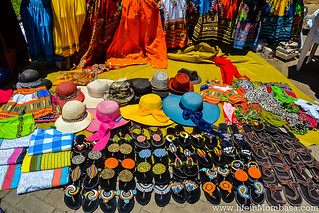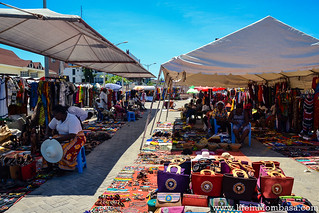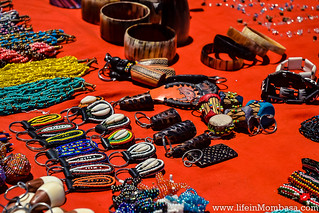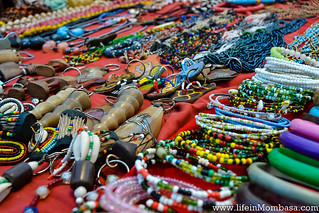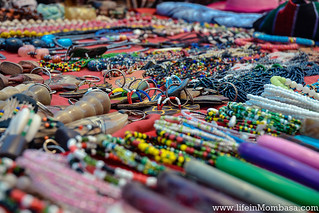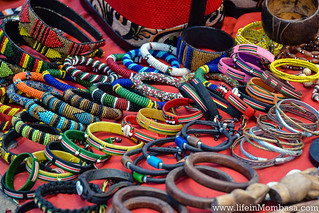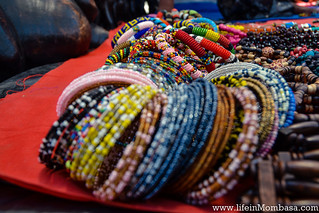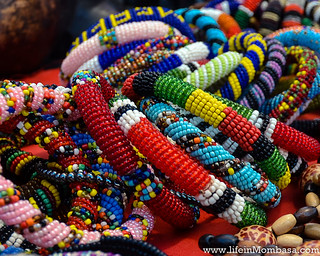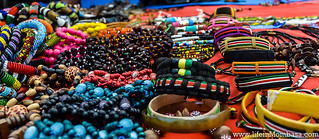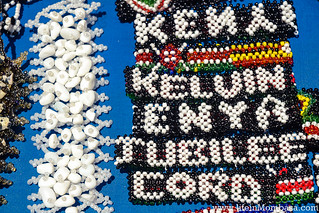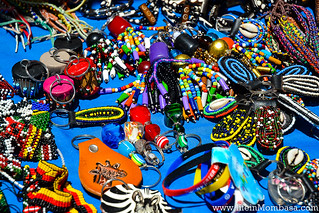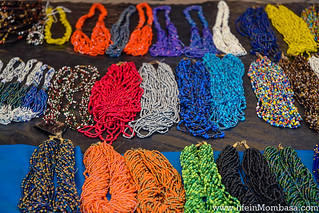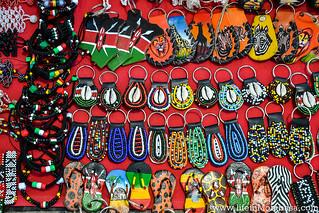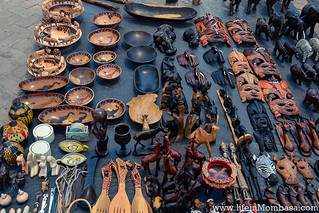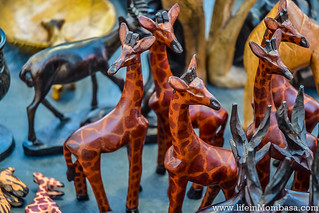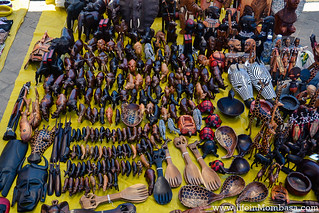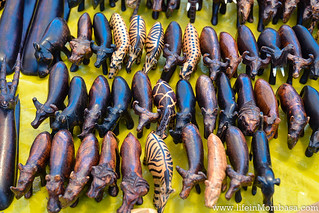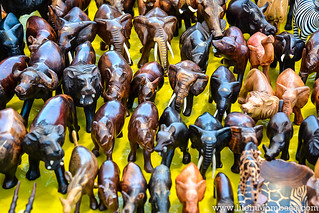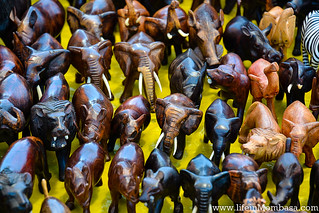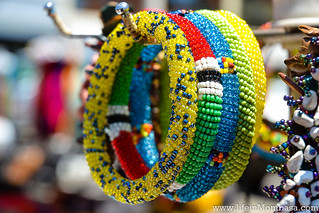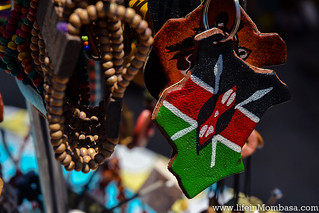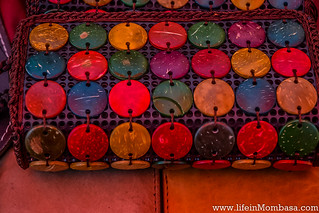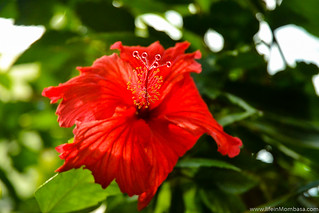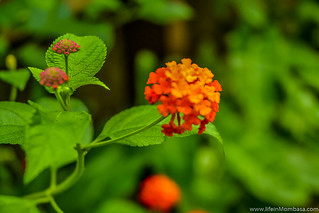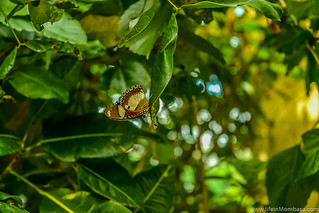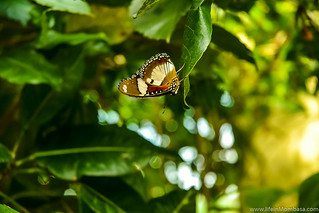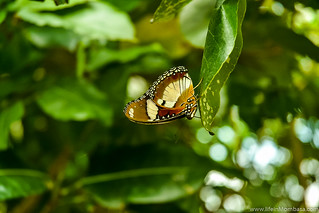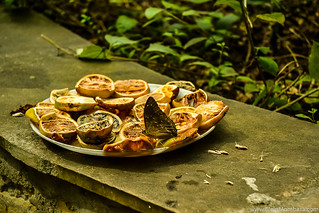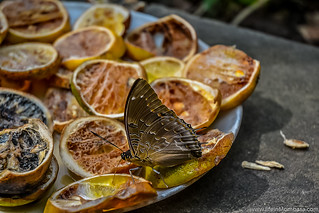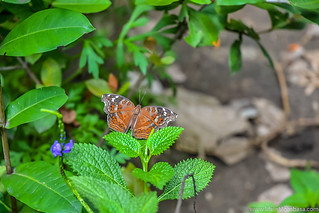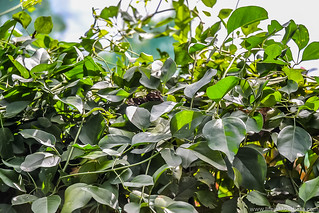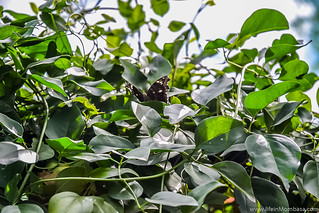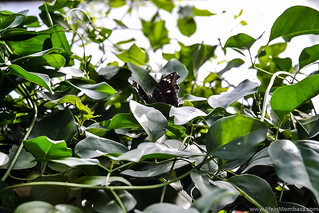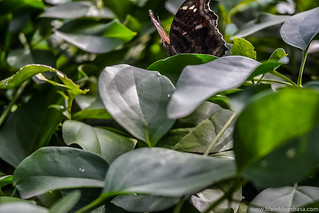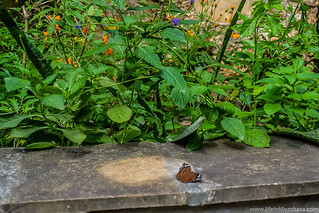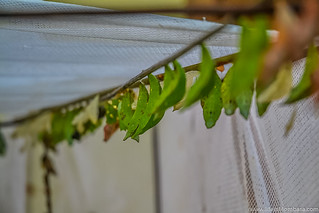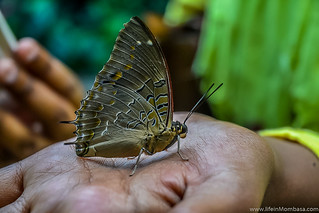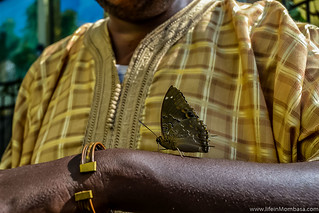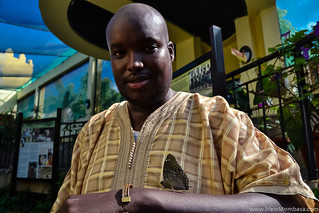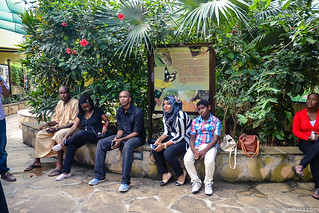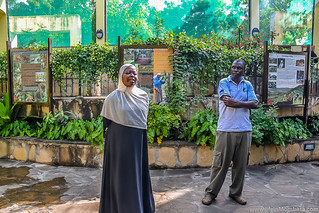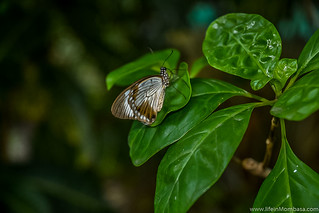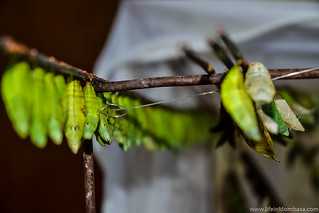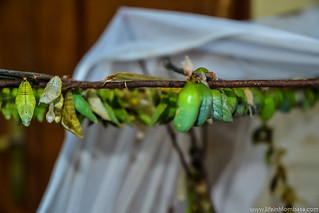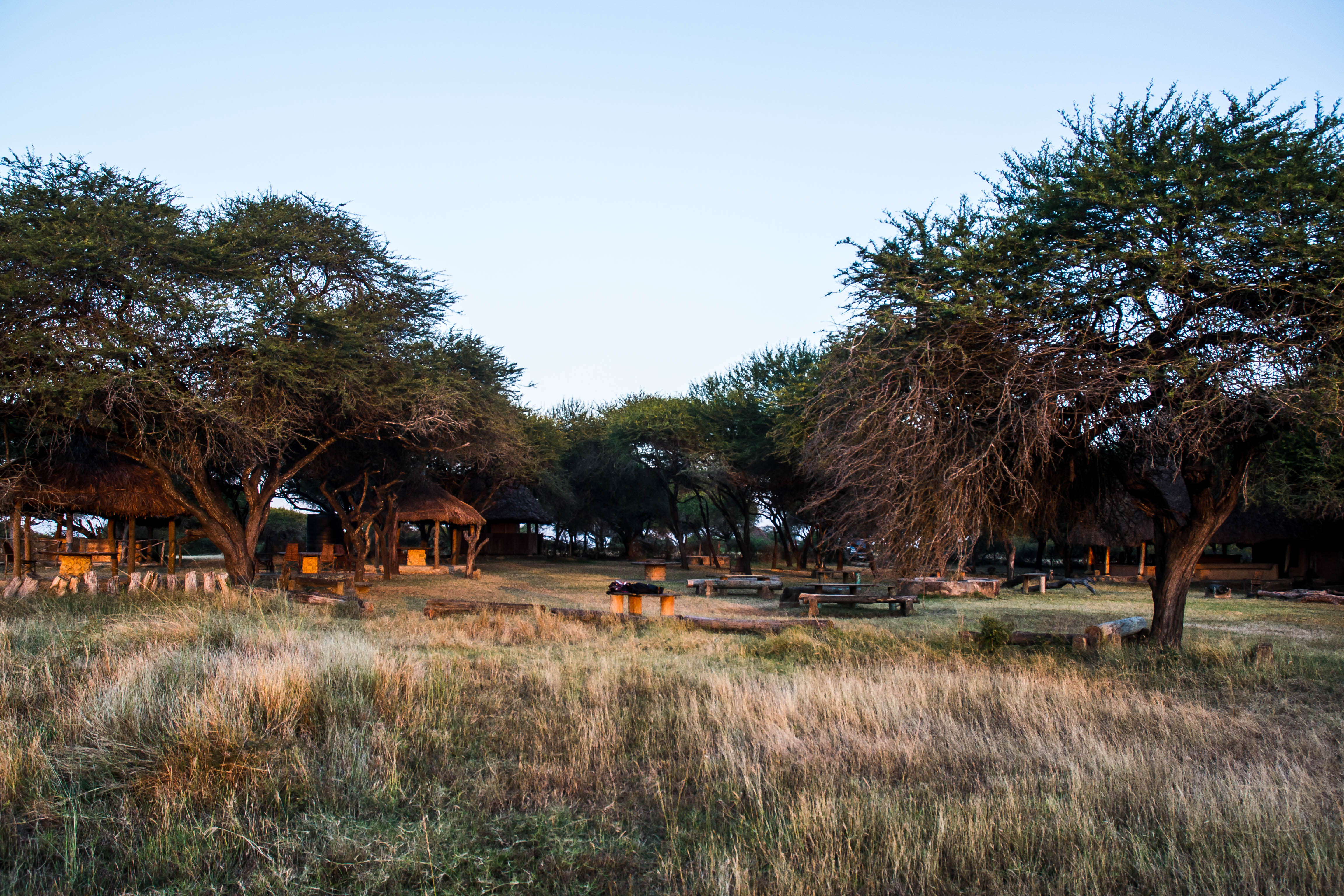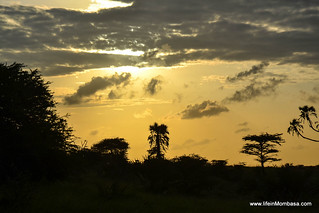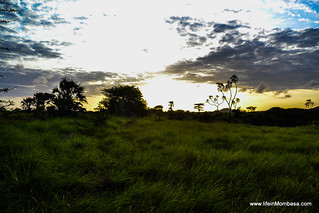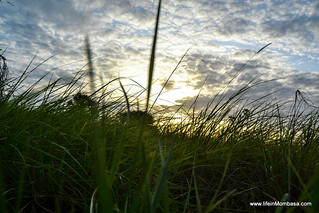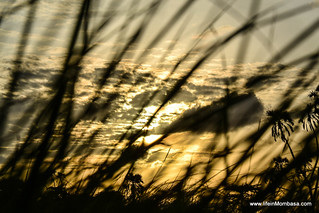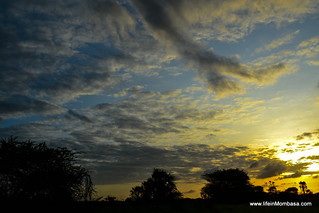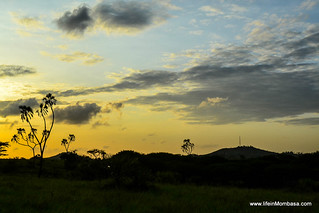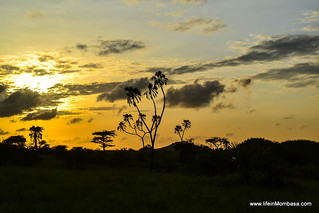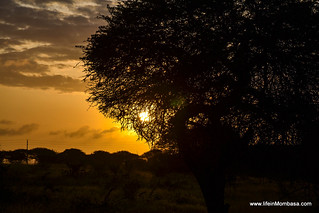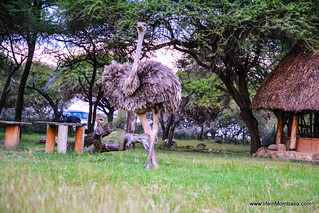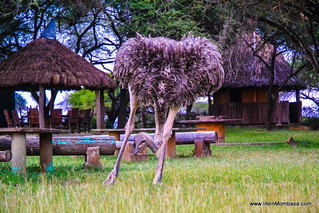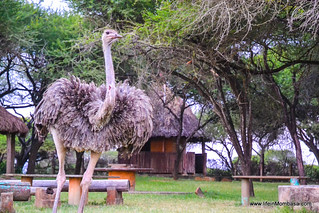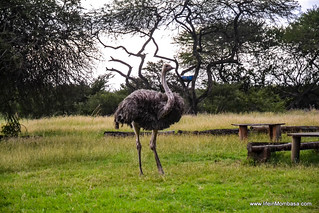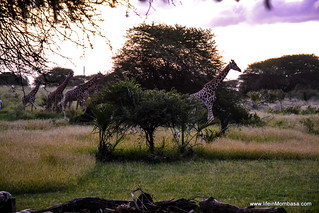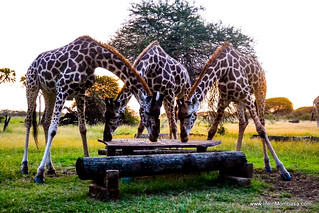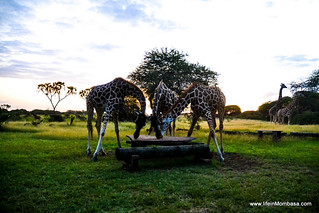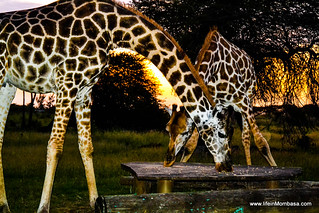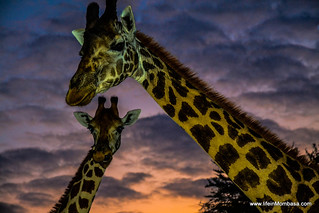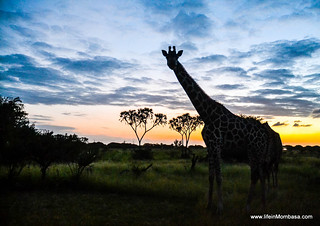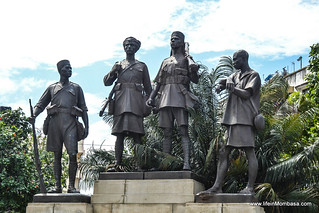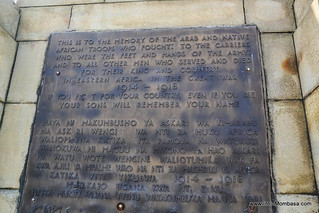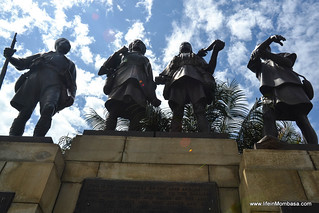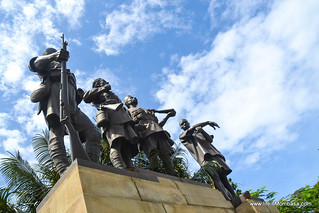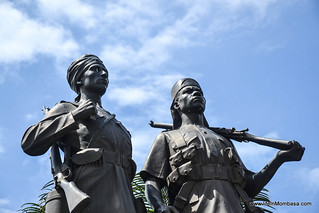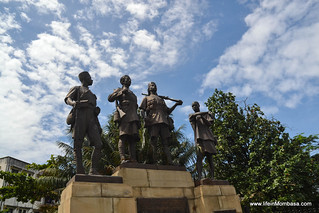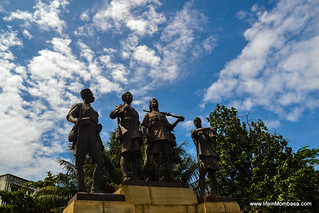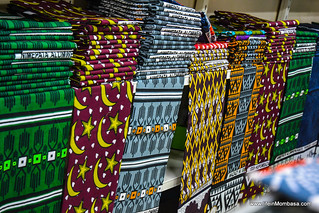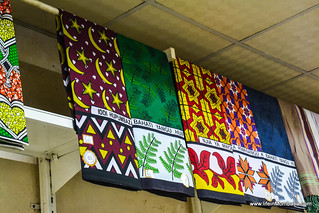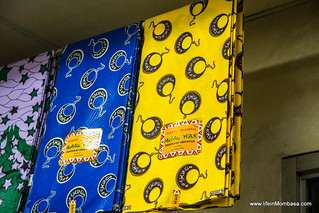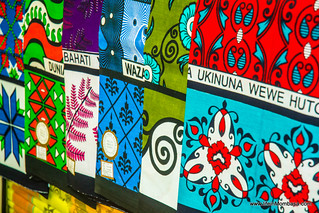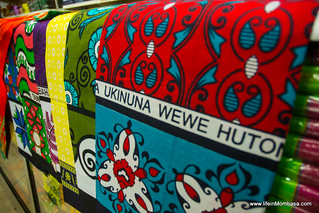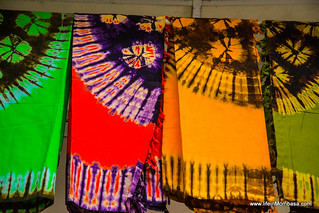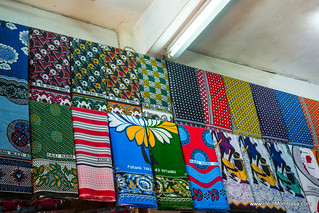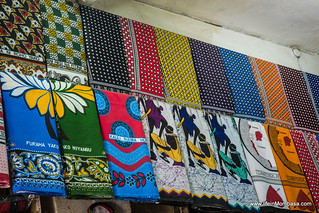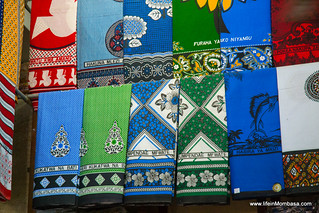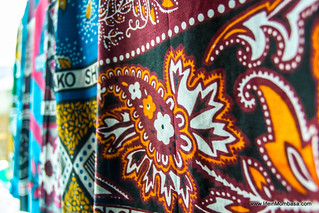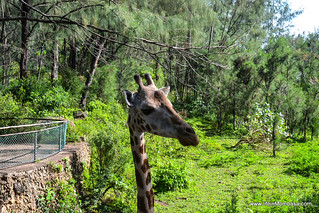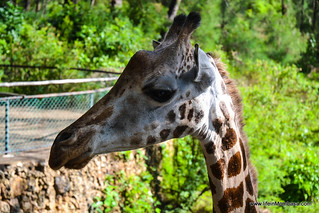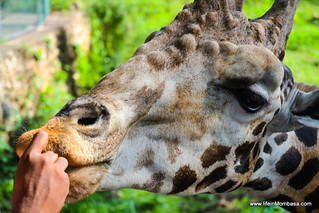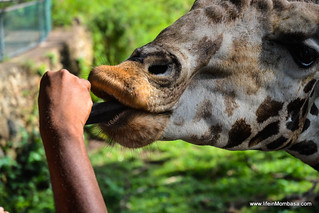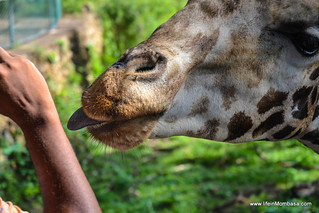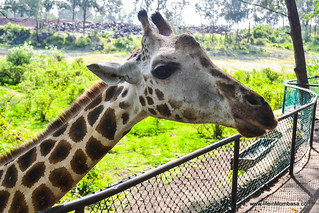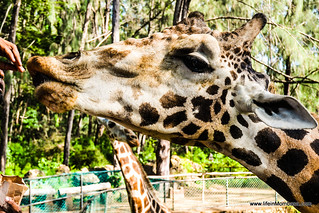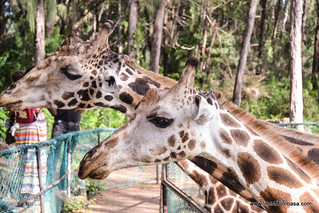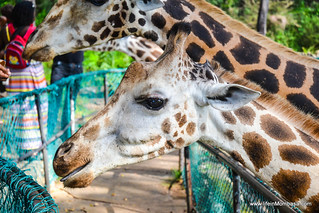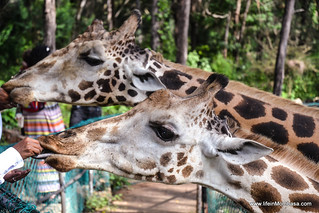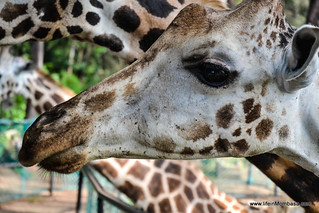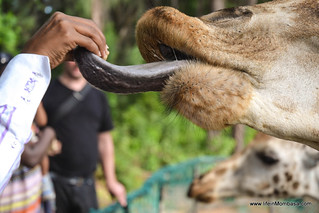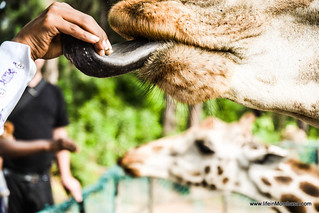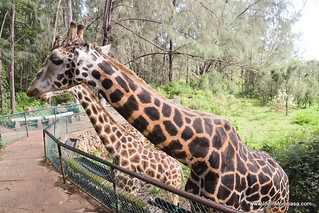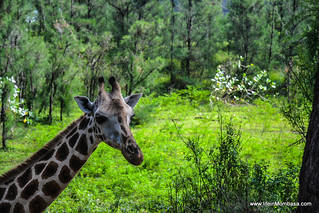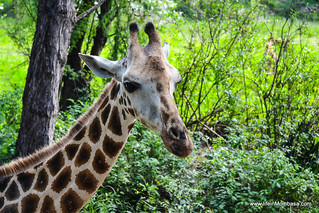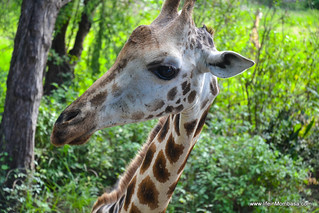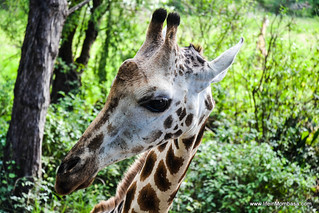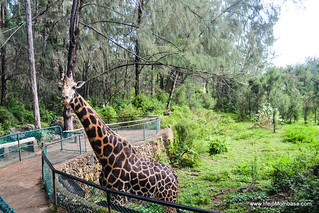- Your name and what do you do?
- My name is Stephanie Maseki
- I am a social worker by profession
- I am now a full time actor and a producer by virtue of love and passion for theatre with a theatre company called Stan Savannah based in Mombasa.
- I am also a 4th year Psychology student at Nairobi University
- What was your first play you produced?
Zuena was my first play to produce and actually write in March 2013. It is an original script on anti drugs. This play received an enormous number of audiences.
- How do find the art scene in Mombasa?
- Art scene in Mombasa is challenging but its catching up. Art in terms of music has a good hype but theatre is a bit lacking. I don’t want to believe in the nortion about culture having anything to do with it; why? Because once ago in Mombasa people went to the theatres to watch plays.
- I want to think that marketing is the biggest challenge we have as an industry. With a good hype, I believe we gonna reach the optimum in terms of an audience reach.
- The audience are waiting an wanting, but they have no information.
- Artist are under appreciated in Mombasa, do you think this will change?
- Yes, this will and can change if artists themselves take their work seriously and present themselves accordingly to the society as professionals.
- The artist must take this profession serious so that the audience compliments him/her, not the other way round.
- We need to change the mindset of the society and it starts with me and you as an artist.
- How do you prepare for a play?
- How do I prepare for a play? This is a long one. There are a few steps to be followed:-
Step 1: As an actor first you need to get the script
Step 2: Read the Play Many Time
A deep reading of the play is important. No matter what your role is in a play you must read the script many times. read a play will. When you read a script, read every word. New actors often read only their scenes, and some only read their lines. Others will decide to not read the stage directions. Read the play from beginning to end. And, because it’s a play, it’s not a bad idea to read it aloud.
Step3: Deep Reading
There is a basic three-step process that one can employ. It involves three readings of the play, and it’s designed to help an actor begin to understand their character and how that character fits within the context of the play.
Reading the Play Three Times
- First reading is devoted to understanding the plot, getting to know who the characters are, getting a handle on the time, place and action, etc.
- Second reading focuses on getting to know EVERYTHING you possibly can about the character you are playing. From the evidence the playwright gives you, create your character in every manner possible.
- Third reading consists of reading the play in an attempt to see how your character fits within the entire thematic context and dramatic action of the play. Why is your character in the play and what purpose do they serve?
Step 4: Know Your Lines
- Be as ready as you can be to work with your director. Many actors learn a large percentage of their lines before they ever get into rehearsal. You should arrive at rehearsal with a strong understanding and solid knowledge of what you are saying and doing and why.
Step 5: Come Into Rehearsal with Ideas
- When you finally start the rehearsal process hopefully you will have a director who has a strong and clear vision of the script and who will be able to work with you and all of the actors in discovering how to bring the play to life. Whether this is the case or not, you should come into rehearsal with ideas for each scene, knowledge of what your character wants overall and in every moment of the play
Step 6: Be Ready to Act
- Be ready for anything. When you are in rehearsal you should be ready to act, that is, to work. That means being attentive to your director, focused on the script and the process, and acting and reacting in scenes. When you are not in a scene you should be reviewing staging, learning lines, or trying to discover more about your character. Acting is hard work and it calls for a lot of preparation prior to the start of rehearsals and attentiveness throughout the process. If you are the type of actor who arrives ready to work, you will become a person with whom directors like to work, and that means you will be employed often.
- How many plays have you written and produced?
- I together with my colleagues have written and produced 9 plays since 2013. These are all original plays, all thematic, educative and purely entertaining!
- What would be your dream role, and how do feel you will bring it out?
- An actor cannot afford to have a dream role. If you do, you block all other avenues of doing other roles while looking forward to doing that particular role. So what happens when you never get a chance to do you dream role? It dies. So an artist should be open minded and experimental so long as they take up roles that elevate them to another level in their acting career.
- Apart from Little theatre club, there is no other theatre in Mombasa. Do you think the county government is doing enough to promote plays and artists?
- No it’s not. Unless I don’t know anything about it which is unlikely. These are politicians, I don’t think they understand what art it, I don’t blame them; but if there are offices appointed by the county to carry out the duty of uplifting theatre, then that is the one sleeping on their work.
- Mgala muue na haki umpe, a few individuals visit the theatre once in a while but there is no much talk about it for implementation of theatre projects. Maybe we as artists are not enthusiastic about it and that’s why they don’t see the urgency.
- What are your future projects people should know about?
- Currently I am working on a musical play; it’s the Christmas season, I want to give the audience a test of what Christmas is all about. Love, Thanksgiving and Forgiveness. So yes, The story of Mary and Joseph on the 12th @7pm and 13th @4pm Dec, 2015.
- February I am working on a piece to bring to light the stigma in the society surrounding Rape. Play: CODE OF SILENCE
- A theatre training program as well in April. Our calendar of events will be available during the showing on the 12th & 13th
- Parting shot
For us to bring back the hype in theatres, I urge the media to support production houses in marketing the plays.I also urge the county government of Mombasa to support the artists by also renovating the theatre to a modern facility. Audience have actually really complained about how old fashioned the place is. I urge the members of the public to come to the theatres;
One: to support art.
Two: to have the exceptional experience they never have when they watch movies on screens. Theatre is a reflection of our society I would say.
Facebook page: Stan Savannah
Email: stansavannah18@gmail.com
Contacts: +254 722 988 353 or +254 722 163 571





